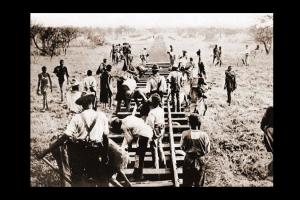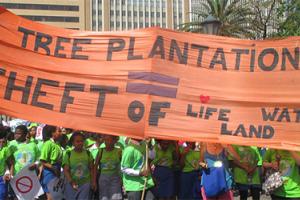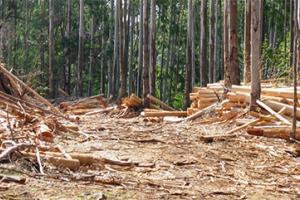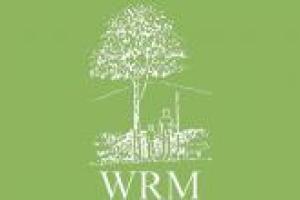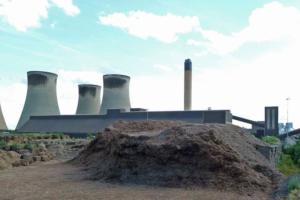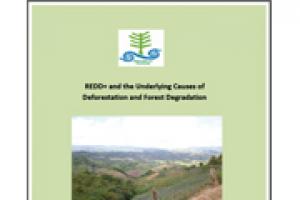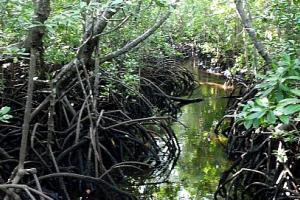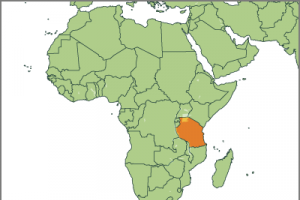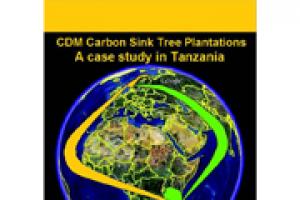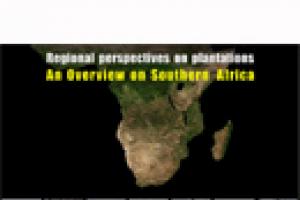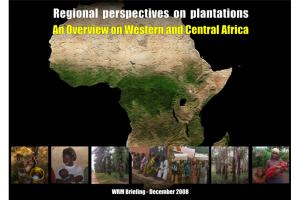In order to better understand peoples' struggles across the southern and eastern regions of Africa, reflecting on its history is crucial. This editorial highlights some parts of this history. And this, of course, is just the tip of the iceberg.
Tanzania
Bulletin articles
9 January 2018
Bulletin articles
9 January 2018
This article gives an overview on the industrial tree plantation expansion threat in eastern and southern African countries, its external drivers, as well as the challenges this expansion presents to affected communities struggling to defend their land and livelihoods.
Publications
5 October 2016
Download the publication. Also available in Swahili.
Other information
9 December 2014
A new report by the Oakland Institute introduces the term ‘carbon violence’ to describe the impact of Green Resources’ plantation operations in Uganda on local communities and their environment. Green Resources is a Norwegian-registered plantation company with 41,000 hectares of plantations in Mozambique, Tanzania and Uganda. The company’s plantations, certified under FSC, are used for timber products and generate carbon credits.
Bulletin articles
26 September 2014
Other information
13 November 2013
The Global Forest Coalition launched a new report on 'REDD+ and the Underlying Causes of Deforestation and forest Degradation' based on five case studies in Brazil, Colombia, India, Uganda and Tanzania elaborated by national organizations in those countries themselves. It was launched at the 19th Conference of the Parties of the Climate Convention in Warsaw.
Bulletin articles
30 July 2013
The land grabbing effect of conservation projects is rarely considered in the current discussion of global ‘land grabbing’. In Tanzania, where around 40 % of the land area of the country is under some form of environmental protection, conservation areas have steadily increased since colonial times, leading to loss of land and access for small‐scale farmers, pastoralists and fisherfolk.
Other information
30 May 2011
By Blessing Karumbidza and Wally Menne - The Timberwatch Coalition
This study dissects a tree plantation carbon sink project at Idete in the Southern Highlands of Tanzania.
The Norwegian company that owns the project, Green Resources Ltd, aims to register the project under the CDM (Clean Development Mechanism) so as to be able to generate carbon credits to sell to the Norwegian government.
Publications
15 December 2008
Timber plantations in southern Africa are concentrated in South Africa, Zimbabwe and Swaziland, but they are also expanding in Mozambique. There are smaller areas in Angola, Zambia, Malawi and Tanzania. In South Africa, the largest areas are in the provinces of Mpumalanga, KwaZulu-Natal and the Eastern Cape, covering 1.5 million hectares of land. Additionally, an estimated 1.6 million hectares have been invaded by plantation species such as acacias (wattle), eucalyptus (gum) and pines.
Publications
15 December 2008
Oil palm and rubber plantations occupy extensive areas in many countries in tropical Africa. In spite of their social and environmental impacts, until now they have received scant attention both at the national and international level.
Bulletin articles
12 October 2005
The privatisation mania has gripped us like an unpreventable plague. The privatisation list is being expanded inexorably. Whether we admit it or not, and whatever the language we may use to rationalise it, the fact remains that privatisation is thrust down the throats of African governments by the BWIs (Bretton Woods Institutions) and the dominant Western powers. Even the so-called debt relief by the G8 is predicated on privatisation as one of the conditionalities. And the BWIs have a peculiar way of arguing.
